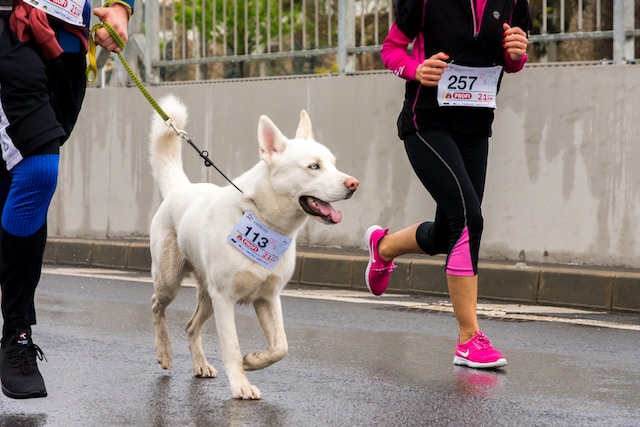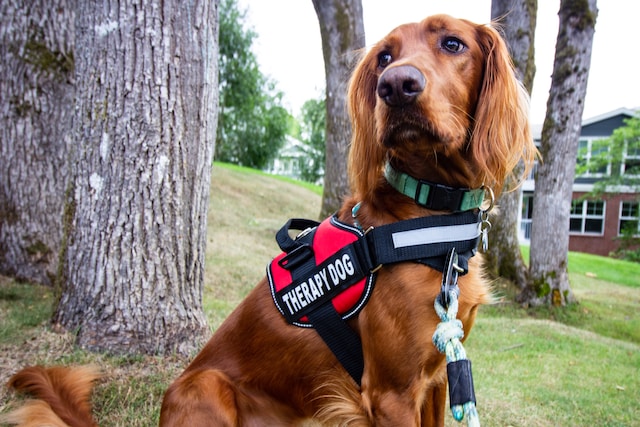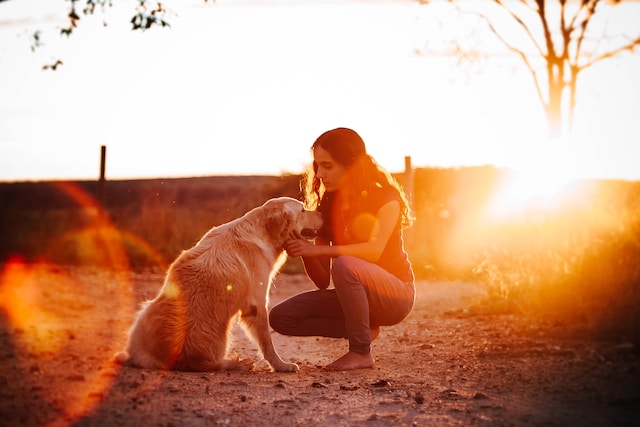
With the chaos of daily life, people are constantly finding unique methods to alleviate stress and achieve inner peace. One such surprising trend that you may have heard of is “cow cuddling.” As the name suggests, this type of therapy involves spending quality time with gentle bovines in a calm environment.
The question is, how does cuddling with cows contribute to stress relief, and is there any scientific basis behind this novel practice? Keep reading.
The Science of Cow Cuddling
The therapeutic effects of cow cuddling can be attributed to a combination of factors that create a holistic and calming experience. Here’s a closer look at how spending time with cows can positively impact your mental health:
Connection with Nature
Cows are often found in tranquil, pastoral environments. This means that engaging with these large, docile creatures provides individuals with a rare opportunity to connect with nature. The peaceful ambiance of a farm or pasture can have a grounding effect, giving opportunities for individuals escape the hustle and bustle of urban life.
Release of Oxytocin
Oxytocin, often referred to as the “love hormone” or “bonding hormone,” is released during moments of connection and touch. Interacting with cows through gentle strokes and hugs stimulates the release of oxytocin.
Mindfulness and Present Moment Awareness
Cuddling with cows encourages individuals to be present in the moment. As they engage in the rhythmic act of petting or simply being in the company of these animals, the mind naturally shifts away from stressors and focuses on the current experience.
Read more: Do Chickens Help With Mental Health?
Non-Judgmental Companionship
Cows are inherently non-judgmental and provide a source of unconditional companionship. In a world where human interactions can be complex and emotionally charged, the simplicity of bonding with cows offers individuals a refuge from judgment, allowing them to let go of stress and anxiety.
Final Thoughts
Cow cuddling may seem like an unconventional approach to stress relief, but more people are recognizing the advantages of this unique therapy. The science behind cow cuddling points to a combination of factors, from the release of oxytocin to the calming effects of nature and the non-judgmental companionship offered by these gentle giants.
The next time you find yourself yearning for a reprieve from stress, consider heading to the nearest farm for a session of therapeutic cow cuddling – an experience that promises not only relaxation but also a deeper connection with the world around you.
Do you own an assistance animal? Register your pet today.
The Service Animal Registry of California invites you to have your assistance animal registered in order to designate its status. We also encourage you to take our online classes so you can be fully aware of your rights and gain more knowledge about your support animal.
Finally, we present to you our book entitled, “ASSISTANCE ANIMAL LAWS: LEARN YOUR RIGHTS REGARDING SERVICE ANIMALS, EMOTIONAL SUPPORT ANIMALS, THERAPY PETS, AND OTHER DOGS, CATS, AND ASSISTANCE ANIMALS” to provide you with a complete education on assistance animals.
Purchase your copy of the book by clicking the image below.











